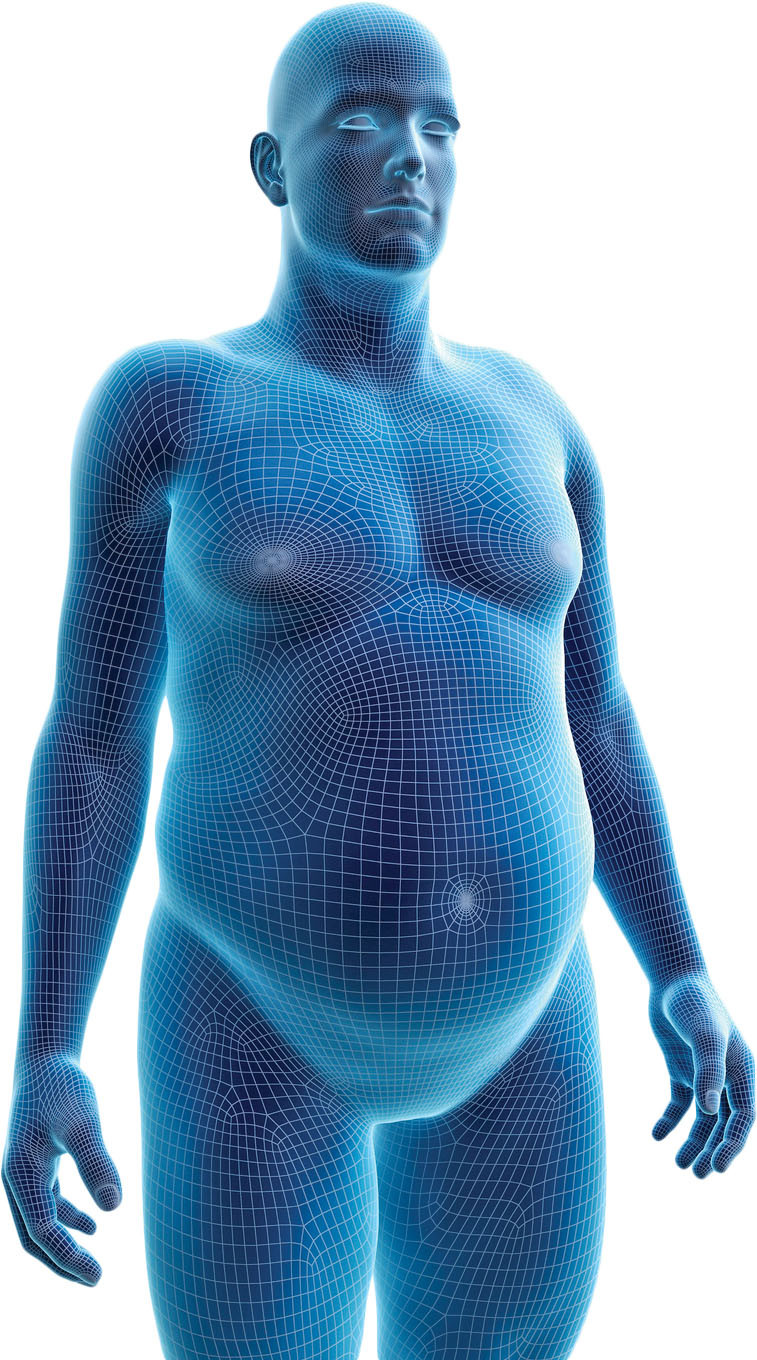What are the different types of body fat?
Ask the doctor
 Q.
I hear there are different types of fat in your body, some good for you and some not. Could I be a lucky person who has only the good kind?
Q.
I hear there are different types of fat in your body, some good for you and some not. Could I be a lucky person who has only the good kind?
A. Unfortunately, no one has only the good kind, but most of us at least have some. Over the past 30 years, we've learned a lot about fat. We used to think it was mainly insulation against the cold, nothing more. In fact, it's a lot more.
When I was a medical student beginning to dissect a cadaver in the anatomy laboratory, I was amazed by how much fat there was. But my anatomy textbooks didn't show any of it. The bones, muscles, blood vessels, nerves, and organs were all there — just no fat. It was as if the anatomy book artists had performed liposuction before starting to draw. To them, fat obviously was both uninteresting and irrelevant.
A modern-day description of fat is provided in an article by Dr. Aaron Cypess of the National Institutes of Health, published Feb. 24, 2022, in The New England Journal of Medicine. He explains how fat (adipose tissue) contains not only cells full of fat (adipocytes) but also blood vessels, nerves, and immune system cells.
The most common type of adipose tissue is white adipose tissue ("white fat"), located in the chest, abdomen, and upper legs; too much of it constitutes obesity. White fat does more than provide insulation against the cold. Rather like a rechargeable battery, it also stores fats derived from food, and continually releases small amounts of the fats to be converted into energy. We need that constant supply of energy to function. If we couldn't store and continuously release sources of energy, we would need to be constantly eating. If we had to do that, we'd get even less done in a day.
Brown adipose tissue ("brown fat") is found in the neck, shoulders, chest and abdomen, in small quantities — less than a hundredth of the amount of white fat. Its main function is to burn the fats it stores, creating heat that keeps us warm. There are other types of fat tissue as well, with different functions.
We've discovered that adipose tissue also makes many hormones, including some that affect our appetite, blood pressure, blood sugar, and cholesterol. It also makes immune system molecules that can affect the degree of inflammation in our bodies.
The healthiest profile is to have relatively more brown fat, and relatively less white fat, than average. At this time, measurement of the amount of both brown and white fat in our body is not routinely available. Nor do we know how to increase the amount of brown fat. But, hard as it is to do, we do know how to reduce the amount of white fat.
Image: © Sebastian Kaulitzki/Science Photo Library/Getty Images
About the Author

Anthony L. Komaroff, MD, Editor in Chief, Harvard Health Letter; Editorial Advisory Board Member, Harvard Health Publishing
Disclaimer:
As a service to our readers, Harvard Health Publishing provides access to our library of archived content. Please note the date of last review or update on all articles.
No content on this site, regardless of date, should ever be used as a substitute for direct medical advice from your doctor or other qualified clinician.
















